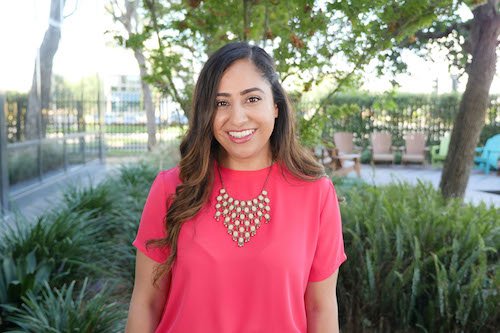While your (and our) main priority is likely driving growth on digital, the job doesn’t end there. Maintaining your brand’s integrity online has become even more important and complex in an era that has seen the rise of “fake news” and hate-fueled organizations.
What Advertisers Need to Know
The Internet Advertising Bureau (IAB) is an organization that works with publishers to foster the growth of advertising on the internet. They develop technical standards and best practices on digital advertising, while also educating brands, agencies, and the advertising community on the importance of digital marketing.
In 2018, eMarketer reported, “41.1% of US respondents said that brand safety is one of the issues that poses the greatest threat to their marketing.” The IAB has been a major proponent of educating advertisers on the gravity of transparency and keeping brands safe online. They drafted a list called the “Dirty Dozen” (with a thirteenth addition) of the topics that can constitute an unsafe environment for an advertiser’s ad content.
These categories include:
- Military conflict
- Obscenity
- Drugs
- Tobacco
- Adult
- Arms
- Crime
- Death/Injury
- Online piracy
- Hate Speech
- Terrorism
- Spam/Harmful Sites
- Fake News
Don’t let the Dirty Thirteen scare you. It is critical that you establish your own definition and guideline of what you recognize as a safe environment for your brand’s ads. Unlike CPA or ROI, brand safety is subjective to your brand’s standards. For example, if we were to look at the list above, you’ll notice what might be a no-go for one advertiser may be perfectly aligned for you. An anti-smoking awareness brand, for instance, might have a completely opposite view on running ads that reference tobacco in comparison to a children’s movie advertiser where brand safety tolerance is much stricter.
eMarketer says nearly half of consumers say seeing ads in proximity to negative content “impacts my perception of the advertiser,” meaning consumers still care a lot about the ads that they see and where they show up. Therefore, brand safety isn’t optional–it’s a necessity for companies looking to maintain a positive brand perception and invest in brand-safe environments and platforms.
How Brand Safety Affects Your Ads
In the world of programmatic buying, one of DV360’s differentiators is its large scale reach across a vast array of sites and exchanges. At Wpromote, this DSP is one of our preferred choices because we look to find new users and drive results with data-driven insights at scale. In response to industry-wide cries for transparency into brand safety, this platform allows us to customize each advertiser’s brand safety action plan and execute our campaigns in safe environments without a sweat. Pre-bid blocking provides advertisers with peace of mind and avoids serving brand ads next to inappropriate content.
For an additional fee, the platform also allows you to sync all major third-party verification tools such as MOAT, IAS, and Comscore to continuously combat ad fraud and improve your brand’s safety in the online world. What is a third-party verification tool you ask? It’s a technology and piece of code wrapped into your served ad which ensures it appears only on the intended sites and for the correct audience. The Media Rating Council identifies these primary means of ad verification: site context, geo-targeting, ad placement, competitive separation, and fraud detection. They provide an extra layer of safety that can independently verify with reporting that the designated attributes of a served ad match the specified terms laid out in the ad campaign settings.
Maintaining Integrity and ROI
The whole goal here is to prevent suspicious activity from showing altogether from an impartial third party. Outside of choosing the right platform and validation partners, you can take calculated steps to make certain that you obtain a positive ROI without sacrificing the integrity of your business. In fact, we have identified a few added measures that should be on your radar:
- Choose a reputable programmatic provider or agency (wink wink).
- Create a list of blacklist and whitelist sites for your campaigns.
- Send attention to higher-quality inventory.
- Understand the methods and technologies your platforms have to offer.
If you’re still unsure, get a breakdown of how programmatic advertising works and learn more about how Wpromote approaches it differently.







Responses